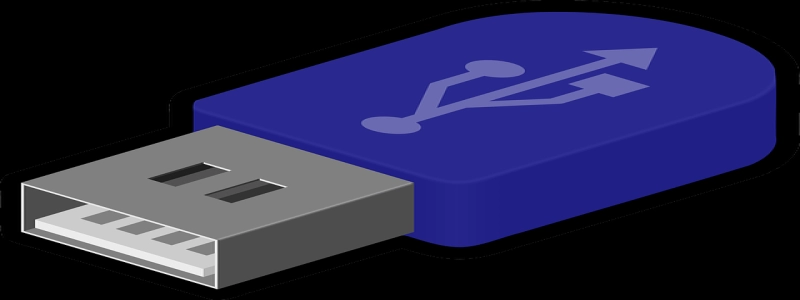What is Attenuation in Radiology?
Introduction:
Radiology is a branch of medical science that utilizes various imaging techniques to diagnose and treat diseases. One of the fundamental concepts in radiology is attenuation, which plays a crucial role in understanding how different tissues and materials interact with radiation. In this article, we will explore the concept of attenuation in radiology and its significance in diagnostic imaging.
Definition of Attenuation:
Attenuation refers to the reduction in the intensity of radiation as it passes through a medium. In radiology, this medium usually represents the human body or any other object that is being examined. The attenuation of radiation depends on several factors, including the energy of the radiation, the characteristics of the medium, and the thickness and density of the material it encounters.
Factors affecting Attenuation:
1. Energy of Radiation:
Different types of radiation, such as X-rays or gamma rays, have varying energy levels. Higher-energy radiation can penetrate materials more effectively compared to lower-energy radiation. The energy of radiation is an important factor in determining the extent of attenuation.
2. Characteristics of the Medium:
The physical characteristics of the medium through which radiation passes influence its attenuation. For example, different tissues in the human body have varying attenuation properties. Dense tissues, such as bones, attenuate radiation to a greater extent compared to less dense tissues, such as muscles or fat. Furthermore, the presence of contrast agents or foreign materials in the body can significantly alter the attenuation pattern.
3. Thickness and Density of the Material:
Thicker materials, regardless of their density, attenuate radiation more than thinner ones. Additionally, denser materials attenuate radiation to a higher degree compared to less dense materials of the same thickness. The combined effect of thickness and density determines the overall attenuation of radiation.
Importance in Radiology:
Attenuation is a fundamental concept in radiology as it forms the basis for several imaging techniques used in clinical practice.
1. X-ray Imaging:
Attenuation plays a crucial role in determining the contrast and brightness of X-ray images. X-rays passing through different tissues and organs within the body are attenuated to varying degrees depending on their composition and thickness. This differential attenuation is captured by X-ray detectors, allowing radiologists to visualize internal structures and diagnose various conditions.
2. Computed Tomography (CT) Scanning:
CT scanning utilizes X-ray technology to produce cross-sectional images of the body. Attenuation values of tissues and materials detected by the CT scanner are used to generate detailed and high-resolution images. By measuring the degree of attenuation, CT scanning provides valuable information about the composition, density, and pathology of internal organs.
3. Nuclear Medicine:
Attenuation correction is a critical step in nuclear medicine imaging techniques, such as positron emission tomography (PET). By accounting for the attenuation of radiation as it passes through tissues, accurate images are obtained, aiding in the diagnosis and staging of various diseases.
Conclusion:
Attenuation is a fundamental concept in radiology, playing a crucial role in the understanding and interpretation of diagnostic images. By considering the energy of radiation, characteristics of the medium, and thickness and density of materials, radiologists can utilize various imaging techniques to obtain precise and valuable diagnostic information. Incorporating the concept of attenuation in radiology enhances the accuracy and effectiveness of medical imaging, ultimately leading to improved patient care.








